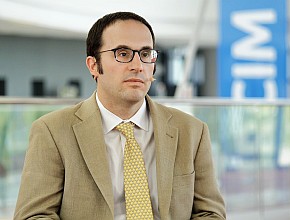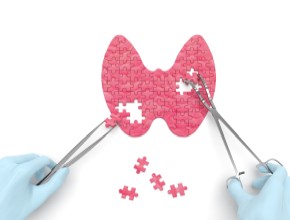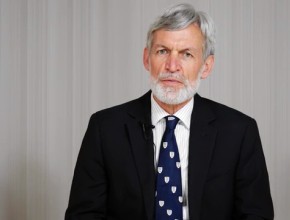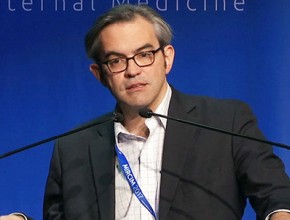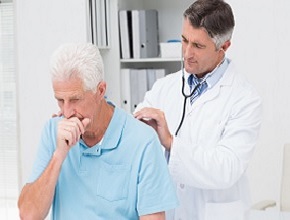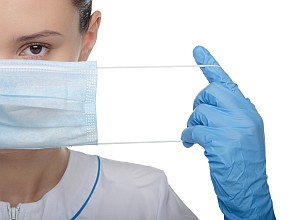Full article
A PDF of the full version of the article can be accessed free of charge through the website of Polish Archives of Internal Medicine.
Abstract
At its most fundamental level, the clinical encounter between a patient and their doctor seeks to solve a mystery. Clinicians uncover clues through the history, physical examination, and ancillary tests to arrive at a diagnosis and develop a management plan.
Despite advances in technology, the majority of clinical diagnoses are still reached through the history and physical examination without the use of laboratory and imaging tests. However, in the modern American hospital, clinicians spend as little as 12% of their time in direct contact with patients and their families. This has led to a decline in clinical examination skills and contributes to diagnostic error.
There is a growing movement to return clinicians and trainees back to the bedside. In 2017, we formed the Society of Bedside Medicine to encourage innovation, education, and research on the role of the clinical encounter in 21st century medicine. Over the last 3 years, we have embraced the following 6 strategies to reinvigorate the practice of the clinical examination: 1) be present with the patient; 2) practice an evidence-based approach to the physical exam; 3) create opportunities for intentional practice of the physical exam; 4) recognize the power of the physical examination beyond diagnosis; 5) use point-of-care technology to aid in diagnosis and reinforce skills; and 6) seek and provide specific feedback on physical examination skills. By employing these strategies in both teaching and practice, clinicians can maximize the value of time spent with patients and renew the importance of the clinical examination in 21st century practice.
 English
English
 Español
Español
 українська
українська

